8+ Sample Preventive Action Plan
-
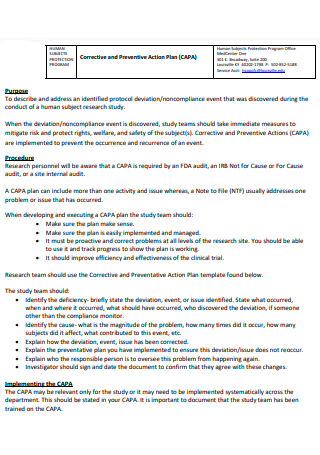
Corrective and Preventive Action Plan
download now -
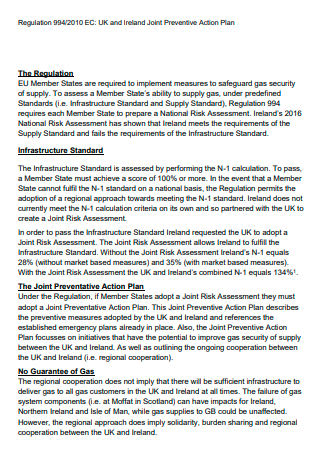
Joint Preventive Action Plan
download now -
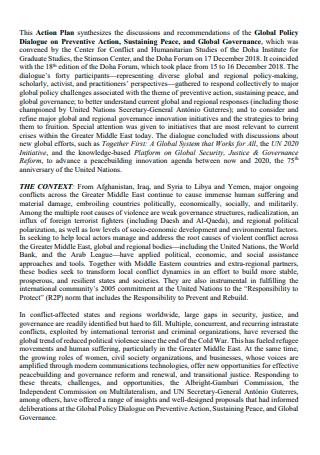
Dialogue on Preventive Action Plan
download now -

Preventive Action Plan Example
download now -
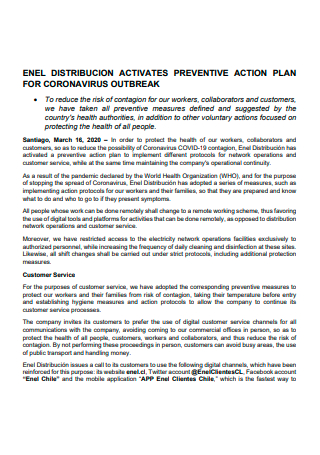
Standard Preventive Action Plan
download now -
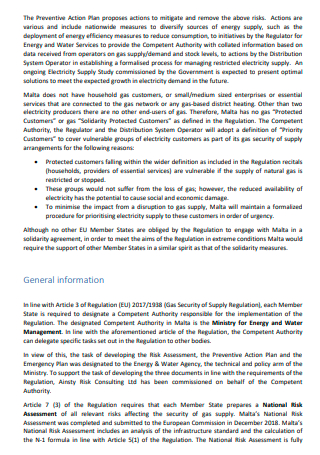
Basic Preventive Action Plan
download now -
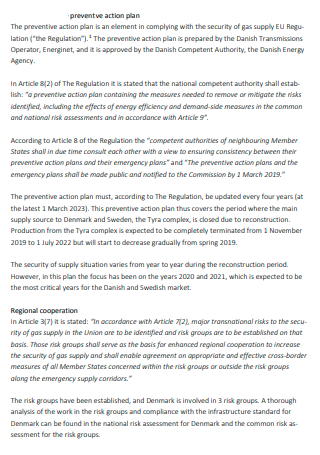
Preventive Action Plan in PDF
download now -
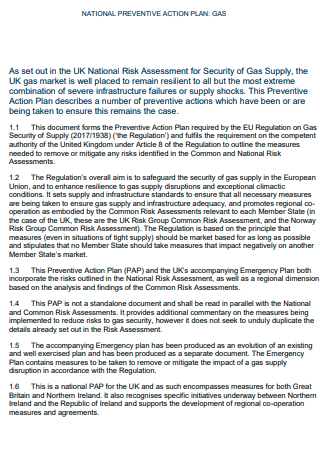
National Preventive Action Plan
download now -
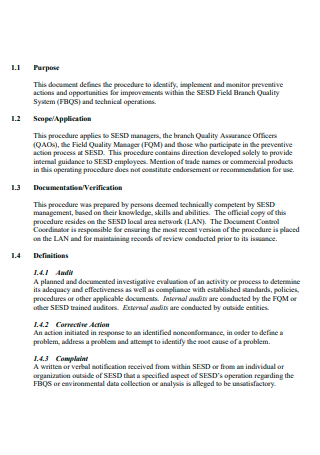
Preventive Action and Quality Improvement Plan
download now
FREE Preventive Action Plan s to Download
8+ Sample Preventive Action Plan
What is a Preventive Action Plan?
Making a Preventive Action Plan That Works
How to Write a Preventive Action Plan?
Updating the Plan
Some Preventive Action Examples
FAQs
What is the difference between corrective and preventive action plans?
Is a preventive action plan necessary?
What to do after writing a preventive action plan?
What is a Preventive Action Plan?
An Action Plan is a list of the actions or tasks you must do in order to reach your objectives. It is an important component of the strategic planning process and contributes to collaborative planning. An action plan is not a collection of rules to follow. As your company expands and the surrounding conditions change, you will need to examine and make changes to meet the most recent requirements. With a preventive action plan, you are thinking ahead of potential problems that your company may encounter and devising a plan that can address them sooner than later.
Making a Preventive Action Plan That Works
One of the advantages of utilizing a ready-made proposed preventive action plan sample is that the formatting is all done for you; all you have to do now is change the template to match you and your company’s needs. Multiple layouts for an action plan are conceivable, as you can see in the various templates shown above. However, regardless of the structure or substance of your strategy, here are some pointers to consider in the process of writing and filling in the information of your preventive Office Action Plan.
How to Write a Preventive Action Plan?
Keep in mind that while your plan for preventive action may be written by a single person, it should include input from all stakeholders, including your lead investigators, research supervisors, project managers, and other staff involved in maintaining the safety of your company and employees. In gathering data from them, you are also ensuring that various point-of-views are assessed and acknowledging their expertise in the field. Don’t worry if you are feeling lost in what to include in your plan or how to format it, we have examples of a preventive action plan that you can use as a guide.
Step 1: Identify the Potential Problem
You are setting yourself up for failure if you do not have a clear idea of what you want to do and achieve. Is it possible to solve a problem? Analyze the problem and consider all options before deciding which are the most important. Then make a list of your objectives. You can use the SMART Goals as a guide in identifying the problem that should be addressed in your preventive action plan. Remember that in defining the problem, it has to be clear and well-defined, so that those who will be reading your plan are aware of the issue right away.
Step 2: Describe How Crucial the Issue Can Get
In this step, you have to describe the severity of the issue if left alone, unaddressed, or unsupervised. In stating how crucial it can get, lets the readers, authorities, or other personnel of the company and organization know and be aware of its potential damages. This could even help them to know the importance of having a preventive action plan and implementing it to easily prevent the ensuing issue before it can become gravely worse. You may include a similar Incident Report to prove the point you are making to avoid it from happening again or happening in the first place.
Step 3: Identify What Can Be the Root Cause
Whether it is a faulty device or equipment or a technical error in a system, you should identify what can be the reason behind the issue to lead to more dangerous situations. No company wants to encounter accidents or incidents within their premises which can endanger their employees or guests, so try to pinpoint the main cause of the issue as best as you can. Rough estimates are not advisable since the chances and percentage may not be accurate but if it is the only choice left, then do so with caution.
Step 4: Determine How Effective the Resolution Strategies Are
As part of how a preventive action plan is designed, you would need to figure out the best possible strategy in addressing the issue that has been focused on in your preventive action plan. Knowing which is the most effective resolution method can ease up the process of coming up with a Safety Plan. You can’t present a resolution strategy that does not fit into the issue that is focused on, so it is more than understandable to take your time in doing ample research and data gathering in this step to calculate the best result for your preventive action plan.
Step 5: Add the Explanation of Preventive Actions
After determining the best possible and most effective resolution strategy for your preventive action plan, it is finally the part where you explain the preventive actions your company or organization can take to avoid the issue. This is connected to the prior step because you are able to elaborate more on the precise actions that should be taken and visualize how it can play out in the favor of your company. Having a Risk Management Plan will act a similar role to the initial preventive action plan as they both will address the issue before it can lead to a more dangerous outcome.
Updating the Plan
After collecting necessary information and data for your preventive action plan, and once you present it to the authorities or those in charge within your company or organization, you aren’t through just yet. The longevity of a preventive action plan is for long-term use, and even if the initial issue has been addressed, there are corrections and changes that will be made. After reviewing the contents and having authorities check the document, the company may implement it. But updating the information is still required and should be included in the action report to keep track of its development. Keep in mind that another similar issue still has the potential to surface so keeping the preventive action plan updated is necessary for addressing those as well.
Some Preventive Action Examples
Preventive measures are frequently less visible than instant resolution methods and measures. They don’t necessarily include an apparent, physical change, as compared to a corrective action plan but rather take place behind the scenes since preventive action plans are mostly made prior to an issue becoming an accident, incident, or near-misses. Down below are examples of some preventive actions that your company or organization can do. See it as a Safety Checklist to prevent issues and keep your company and employees in top shape to address potential hazards, issues, and the alike.
FAQs
What is the difference between corrective and preventive action plans?
A preventative measure is intended to address a possible issue. Unlike corrective activities, which aim to solve problems after they occur, preventative measures aim to address issues before they occur. In a nutshell, preventative action avoids occurrence, whereas corrective action is for preventive recurrence, with correction referring to containment. If you are still not sure what these phrases mean, think about the difference between putting out a fire and removing the dangers that may lead to one, which is where an ideal fire prevention action plan can come in handy.
Is a preventive action plan necessary?
Planning keeps you on track and helps you prepare for the challenges ahead. You may also increase your productivity and maintain your concentration by creating an effective action plan. There are several advantages to constructing one, including the fact that it provides you with a clear direction. You will know exactly what you need to accomplish since an action plan outlines the tasks to take and when they should be finished. Having your objectives written out and broken down into phases can help you stay motivated and focused throughout the process. You may track your progress toward your objective using an action plan and can help you prioritize them based on effort and impact.
What to do after writing a preventive action plan?
The creation of your prevention action plan is simply the first step. There are numerous steps you may take to properly deploy your preventive action plan once it is in place. Sharing it with the relevant people, organizing a training session with the persons involved are just a few simple techniques. You may also set up a Time Log for easier tracking of the preventive action plan and stay updated on the status of it. You would also have to schedule meetings with the stakeholders to get their perspectives on the contribution and presence of the preventive action plan. Keep in mind that you should also update your preventive action plan even if it is already implemented.
While it may appear to be easier to retain things as they are in your company, change is frequently required to avoid problems. Internal fraud, harassment, accidents, and other issues cost a lot more time and money than a fast annual check of your employee handbook. Blocking a leak is better than letting it continue to flood. The same goes with creating a preventive action plan to have preventive controls over issues that may cause your company problems in the future. It is better to be safe than sorry, after all. So don’t wait around for that issue to become large enough to handle and instead be a step ahead.
